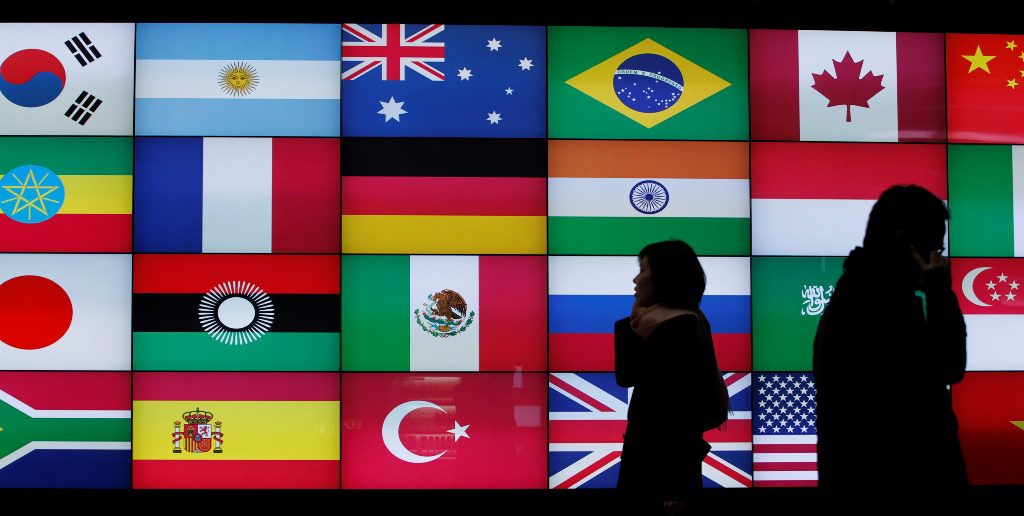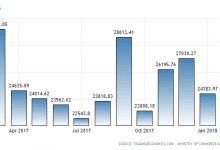It goes to the credit of G-20, in which India and some emerging economies got into the global high table, that a major economic catastrophe was averted. G-20 was largely responsible for successfully dealing with and containing recession, which otherwise was more serious and complex than that of the 1930s. G20 has failed to tackle what has now come to be known as jobless growth faced by most countries, be it industrialised nations or emerging economies. Here’s an analysis, for Different Truths.
Group of 20, G-20 as it is called, has certainly ensured that the 2008 global financial crisis, which triggered an unprecedented global recession, did not get converted into a great Depression like that of the 1930s. In fact, it goes to the credit of G-20, in which India and some emerging economies got into the global high table, that a major economic catastrophe was averted. G-20 was largely responsible for successfully dealing with and containing recession, which otherwise was more serious and complex than that of the 1930s. But during the one decade of its existence, G20 has failed to tackle what has now come to be known as jobless growth faced by most countries, be it industrialised nations or emerging economies. Now global growth is picking up, so also growth in several industrialised and emerging economies. India and China are again among the countries having high GDP growth. But jobless growth is resulting in nations getting back to the old ways of increased protectionism threatening the very concept of globalisation that had benefitted global trade due to which several industrialised and emerging economies have gained. This high global growth since globalisation had helped in reducing poverty but the regressive step of protectionism will ultimately affect employment and thereby global poverty eradication process.
G-20 has 19 member countries and the European Union, which represents 90 percent of global GDP and 80 percent of global trade and two-thirds of world population.
Bretton Woods institutions of International Monetary Fund and World Bank, set up after the great depression of 1930s and World War ll, and several other multilateral institutions like ILO, WHO, GATT and subsequently WTO, and so on, have not been that effective and partly toothless in dealing with global economic crisis, particularly those which have surfaced after globalisation started in the 1990s. G 20 came into being in this 21st century in the face of changing world order after the end of cold war and so far it has been able to tackle some of the pressing global challenges.
G-20, was born out of G-7, subsequently G-8 with inclusion of Russia, and it has now become a more inclusive body to deal with global economic challenges with the inclusion of India, China, Brazil and South Africa. Since its formation, there has been no looking back and G-20 has effectively handled 2008 global financial crisis and 2010 Eurozone crisis.
Rajasthan Board of Revenue Chairman, V Srinivas, a senior IAS officer, who has served in the finance ministry and IMF, succinctly explained how G-20 has become an effective multilateral body to deal with emerging issues through formulation of policies in which India had a pivotal role. Its singular success has been in tactfully tackling recession during the last one decade. But when asked whether it has done enough to tackle jobless growth that followed 2008 crisis, Srinivas was candid in admitting this remained a challenge though some efforts have been made.
Former Economic Affairs Secretary Shaktikanta Das, who is currently India’s Sherpa to the G20, hastened to add that this is precisely the reason why jobless growth is among the top of the agenda of 2018 G20 summit to be held in November in Buenos Aires, Argentina. The special lecture of Srinivas was dedicated to Das for his significant policy contributions to India’s multilateralism and global outreach on the world stage. The 13th summit, to be held for the first time in Latin America, has put forth three agenda priorities for G20 dialogue – the future of work (jobless growth), infrastructure for development and a sustainable food.
The global effort on all the three will help in tackling the problem of employment faced by many countries at this juncture.
Argentina President Mauricio Macri was in India recently. As part of the build-up to the summit on November 30 2018, Argentina was to host 45 meetings at various government levels and areas in 11 different cities throughout the year.
Of course G-20 cannot be accused of total inaction on job front. This included fiscal and monetary policy stimulus, including some expansionary policies. Some efforts were made but it was inadequate, unlike in the 1930s when recovery, though slow, was based on Keynesian theory of income and employment, which said that in the short period, the level of national income and so of employment is determined by aggregate demand and aggregate supply in the country. The equilibrium of national income occurs where aggregate demand is equal to aggregate supply.
Job creation is an essential part of economic recovery. If there has to be a multiplier effect, demand has to be created, which can happen only through employment.
India has a lot to offer on how to reverse jobless growth. In 2008, during the global financial crisis, the then Prime Minister Manmohan Singh, an economist of great repute and an ardent follower of John Maynard Keynes, launched MNREGA programme to tackle the problem of disguised unemployment in rural India, particularly in the farm sector. The programme helped to reverse slowing growth even though it was widely criticised as inflationary. According to Keynes, a small dose of inflation is good for bringing about multiplier effect.
Prime Minister Narendra Modi, so also G-20 member countries, has slowly come to realise that it is not enough if only corporate and urban India is encouraged. It only leads to crony capitalism. Former Prime Minister Atal Bihari Vajpayee realised it when his India Shining campaign did not get him votes in rural India for whom Bharat was not shining. The recent election reverses in Gujarat, Rajasthan and Madhya Pradesh is reflection of the people’s anger because of jobless growth. Demonetisation and faulty rollout of GST have contributed to it though the ill-effects are now behind us.
As Mahatma Gandhi said, India lived in its six lakh villages and unless cottage industries, small scale and agri-industries are encouraged, India cannot shine for all. For this infrastructure needed to improve and huge public investment is needed particularly in rural areas. Mere smart cities are not enough, smart villages are needed. Small industries are the backbone of job creation all over the world. This needed to be encouraged. Information technology and Artificial Intelligence too offered opportunities. There are solutions for jobless growth and one only hopes that G-20 comes out with some out of the box solution to tackle this major economic issue.
K R Sudhaman
©IPA Service
Photo from the Internet






 By
By
